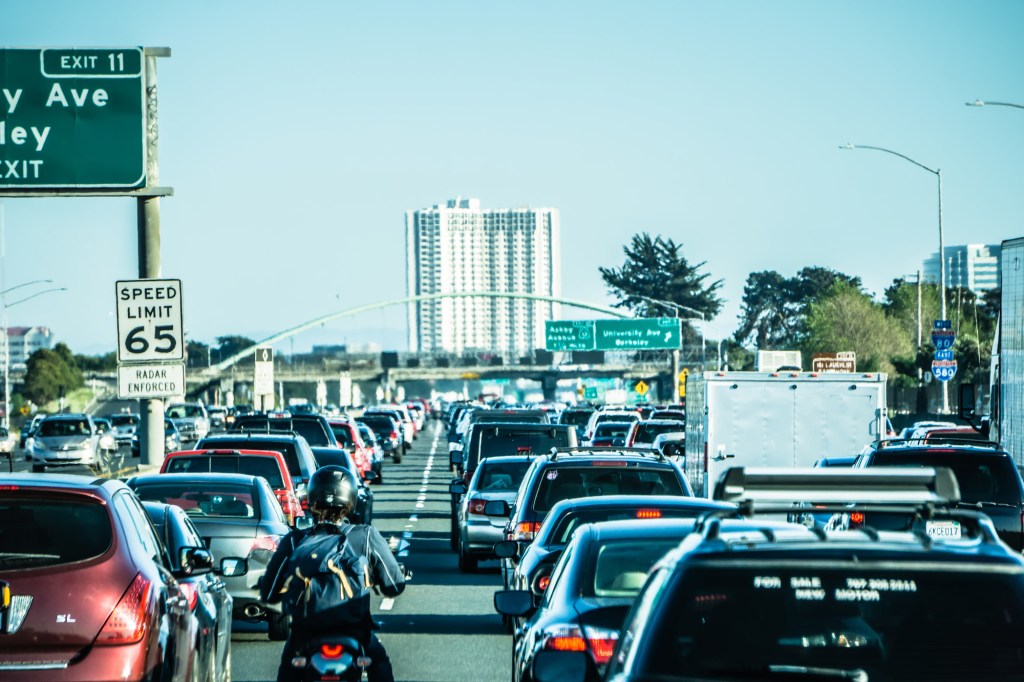The well-documented lock-in effect—caused by mortgage rates at nearly two times their 2021 levels—is leading to less mobility among homeowners. According to an analysis by Riordan Frost for the Harvard University Joint Center for Housing Studies, homeowner household mobility dropped by a full percentage point from 2022 to 2023, the largest drop in magnitude since the Great Recession when equity was the primary issue.
Diminished equity is no longer the issue, however, as home equity is very high nationally – median home equity among homeowners in 2022 was $200,000, according to Survey of Consumer Finances data. Instead, the barrier to mobility is a mismatch between current and recent mortgage interest rates to a degree not seen since the 1980s.
Today’s prevailing mortgage rate is much lower than the peak in the 1980s but remains quite high relative to the record-low rates early in the pandemic. The prevailing 30-year mortgage rate was 7.22% as of Freddie Mac’s most recent PMMS in late November 2023, more than double the 3.1% rate in late November 2021. Indeed, interest rates stayed below 3.5% from mid-2020 through the end of 2021, during which time many homeowners purchased or refinanced.
Researchers at Freddie Mac calculated an estimate of the lock-in effect for every borrower in July when the prevailing rate was 6.81 percent. Their findings indicated that the average homeowner with a mortgage would need any move to have a net financial gain (e.g. from a higher-paying job or lower cost of living) of at least $55,000 to justify switching to prevailing market interest rates.
Given the current scale of the lock-in effect and the established negative relationship between this effect and homeowner residential mobility, further declines in mobility should be expected in the short term. This could have several broad economic effects. For one, lower mobility could result in inefficiencies in the labor market as households are less likely to relocate to more productive areas or areas in need of workers. The lock-in effect represents an additional moving cost, and research has shown that moving costs can lead to job misallocation and less job-seeking. This could also affect household utility as people will be less likely to move even as their family size or other needs (e.g. schools, health care) change. This could in turn increase traffic as people turn to commuting instead of moving, as one study theorized.



